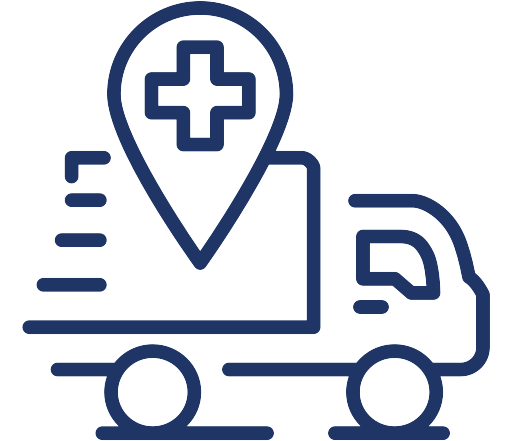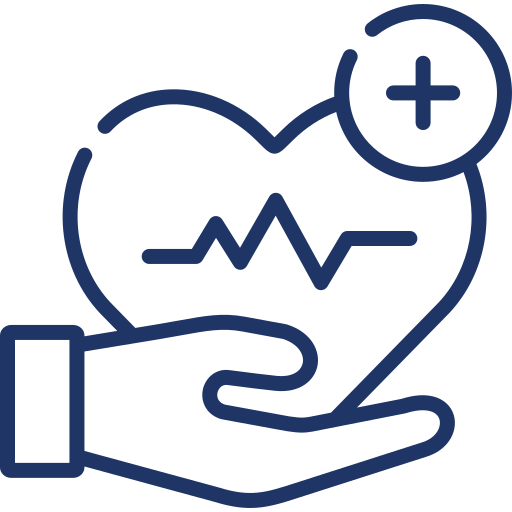A virus is a non-living infectious agent invisible to a microscope. It takes over living cells to create copies of themselves. There are many types of viruses that infect birds, animals, and human beings.
One species of the virus has crown-like spikes on its surfaces and are therefore called coronaviruses. They’re the cause of most relatively mild upper respiratory disorders in humans. The Centers for Disease Control and Prevention describes coronaviruses as having the ability to transfer from species of live animals to humans.
Examples of coronaviruses include the Severe Acute Respiratory Syndrome or SARS-CoV discovered in 2002 and the Middle East Respiratory Syndrome or MERS-CoV discovered in 2012. In 2019, coronavirus disease, better known as COVID-19, caused a global pandemic. COVID-19 is an infectious disease caused by the SARS-CoV-2 virus.
How contagious is COVID-19?
The coronavirus disease has an R0 (R-naught) value of around six. This means that one infected person can transmit the infection to six other contacts. In Seoul, patient 31 is known to expose over 1000 contacts through airborne particles over 10 days. With this, as compared to the rest of the coronaviruses, the mortality rate for COVID-19 caused by SARS-CoV-2 is only 2.1% as compared to SARS (9.6%) and MERS (34.4%).
How can I protect myself from coronavirus spread and transmission?
Most people who have COVID-19 have no symptoms. This makes it difficult for you to know when to protect yourself. Doctors also find it a challenge to identify pre-symptomatic or asymptomatic carriers of COVID.
The virus that causes COVID-19 spreads via air and direct contact. When the person carrying the SARS-CoV-2 virus exhales, coughs, sneezes, or talks, millions of droplets can be exposed through the eyes, nose, or mouth. These airborne viral particles remain suspended for 3- 8 hours, depending on the size of the droplet, before they fall and land on surfaces.
Wearing a mask, especially N95 face masks, helps contain the spread because of their built-in filter which traps viral particles. There’s up to 70% reduction in transmission if a patient with COVID-19 properly wears an N95 or KN95 respiratory protective mask.
Both types of masks are similar and comply with standards laid down by the US National Institute for Occupational Safety and Health. They also meet Occupational Safety and Health Administration (OSHA) workplace safety standards for exposure to respiratory pathogens.
The best way to truly protect yourself is to get COVID-19 vaccines. This is especially helpful if you’re engaged in close contact work.
Which hand sanitizers are the best for killing coronaviruses?
Maintaining good personal hygiene and washing hands with antibacterial soap and water is important in the fight against germs. Not only will these help remove germs and disease-causing microbes but will also help slow down or prevent transmission.
When soap and water aren’t accessible, hand sanitizers can help reduce our risk of catching certain infections. But not all hand sanitizers are equally effective against coronavirus.
There are two kinds of hand sanitizers: alcohol-based and alcohol-free. Alcohol-based sanitizers typically contain between 60 and 95 percent ethanol, isopropanol, or n-propanol alcohol. These effectively neutralize certain types of microorganisms.
Alcohol-free sanitizers, on the other hand, are generally based on disinfectants or on antimicrobial agents, such as benzalkonium chloride and triclosan.
According to the CDC, alcohol-based hand rubs have a greater than 60% ethanol formula to fight SARS-CoV-2 on contact. It greatly reduces the risks of contracting the virus as well as reduces the person-to-person automatic transmission of the SARS-CoV-2 virus.
Meanwhile, benzalkonium chloride-containing hand washes have less reliable activity than either of the alcohols to kill the coronavirus.
What are the symptoms of COVID-19?
People who have no symptoms in the incubation period are called asymptomatic carriers. However, for symptomatic patients, symptoms are usually seen after 5 to 14 days from exposure. Common symptoms include:
- high fever
- loss of smell
- sore throat
- cough
- fatigue
- chest pains
- difficulty in breathing
- loss of speech or movement
- rashes
- loss of taste
- headaches
- diarrhea
- pink eye
How is COVID-19 diagnosed?
COVID-19 can be diagnosed via testing. A rapid antigen is used to diagnose current infections that show symptoms, no matter how mild they are. RT-PCR tests diagnose infections even in the absence of symptoms. It’s considered the gold standard of COVID testing.
 (917) 310-3371
(917) 310-3371


